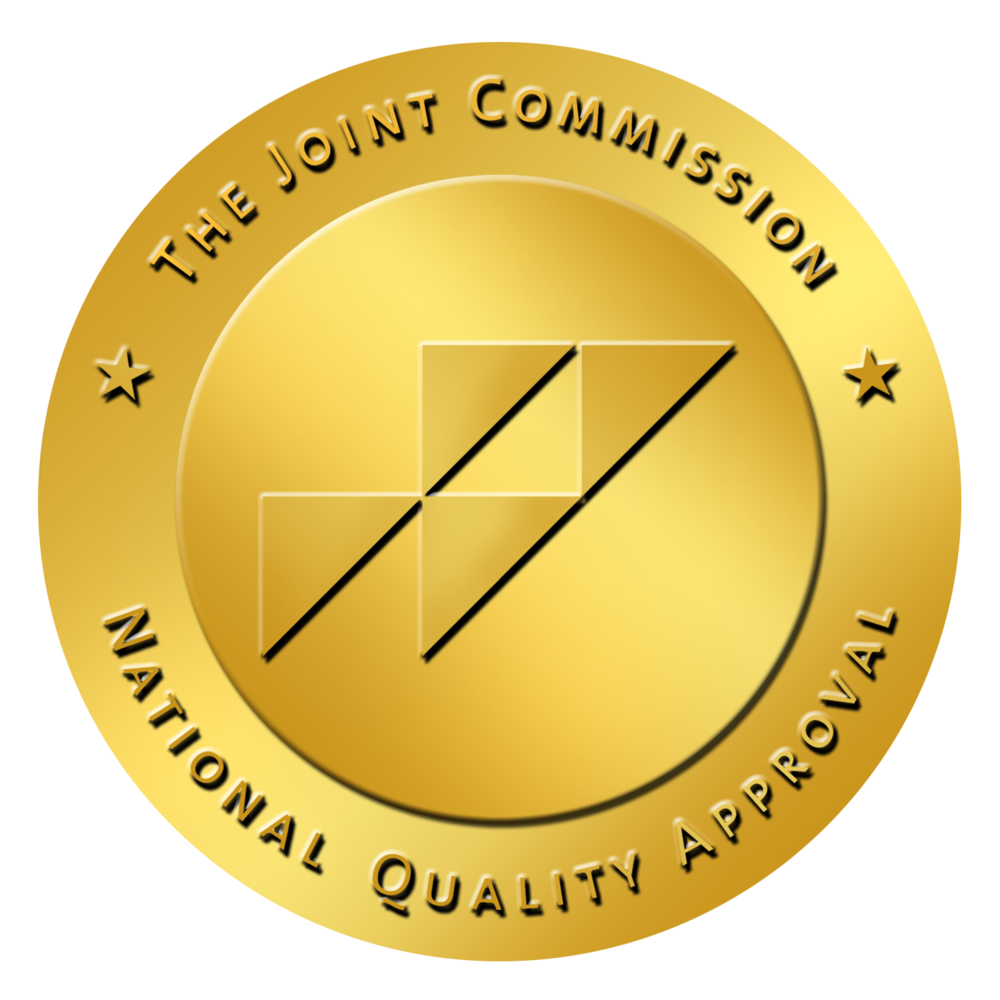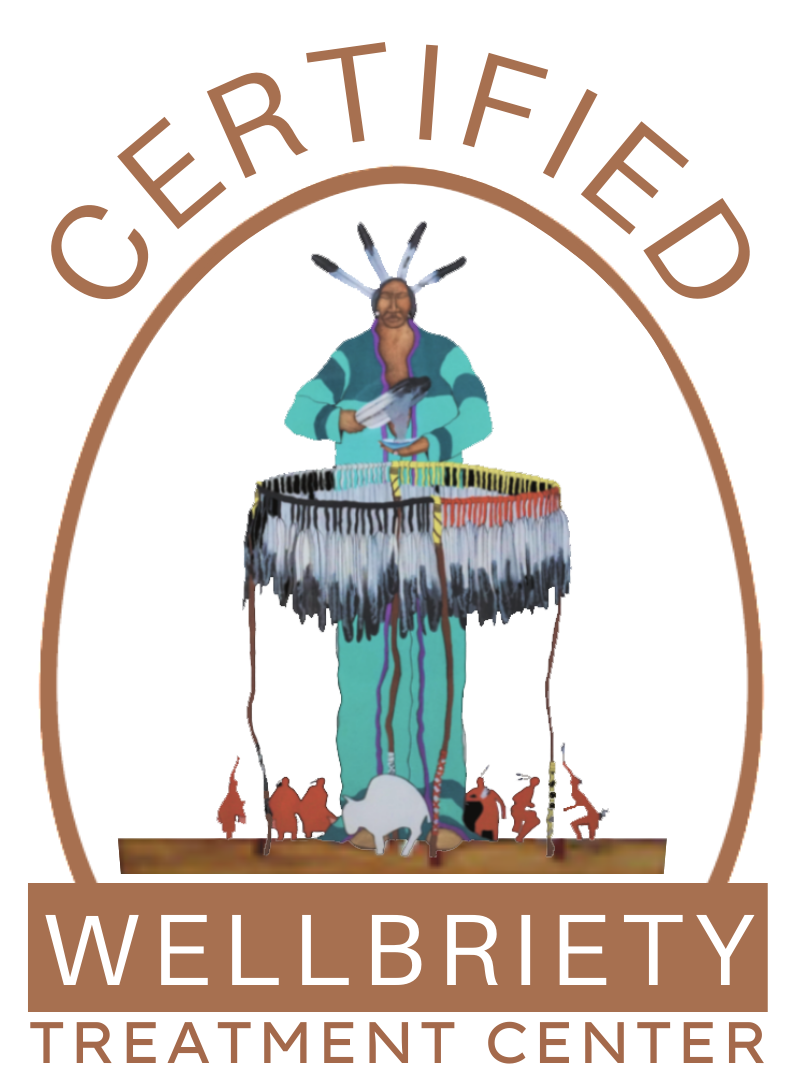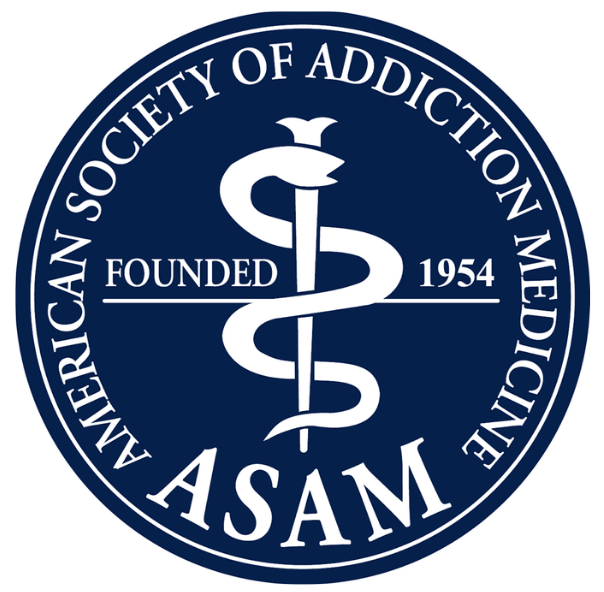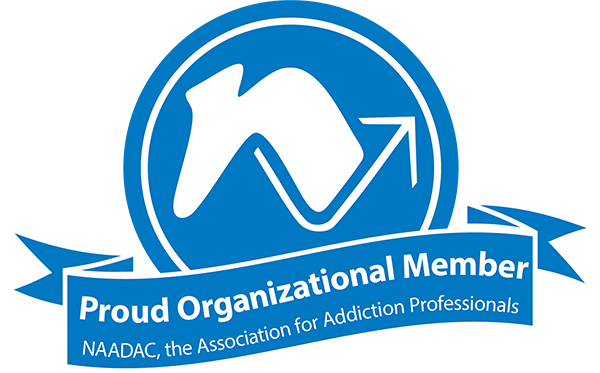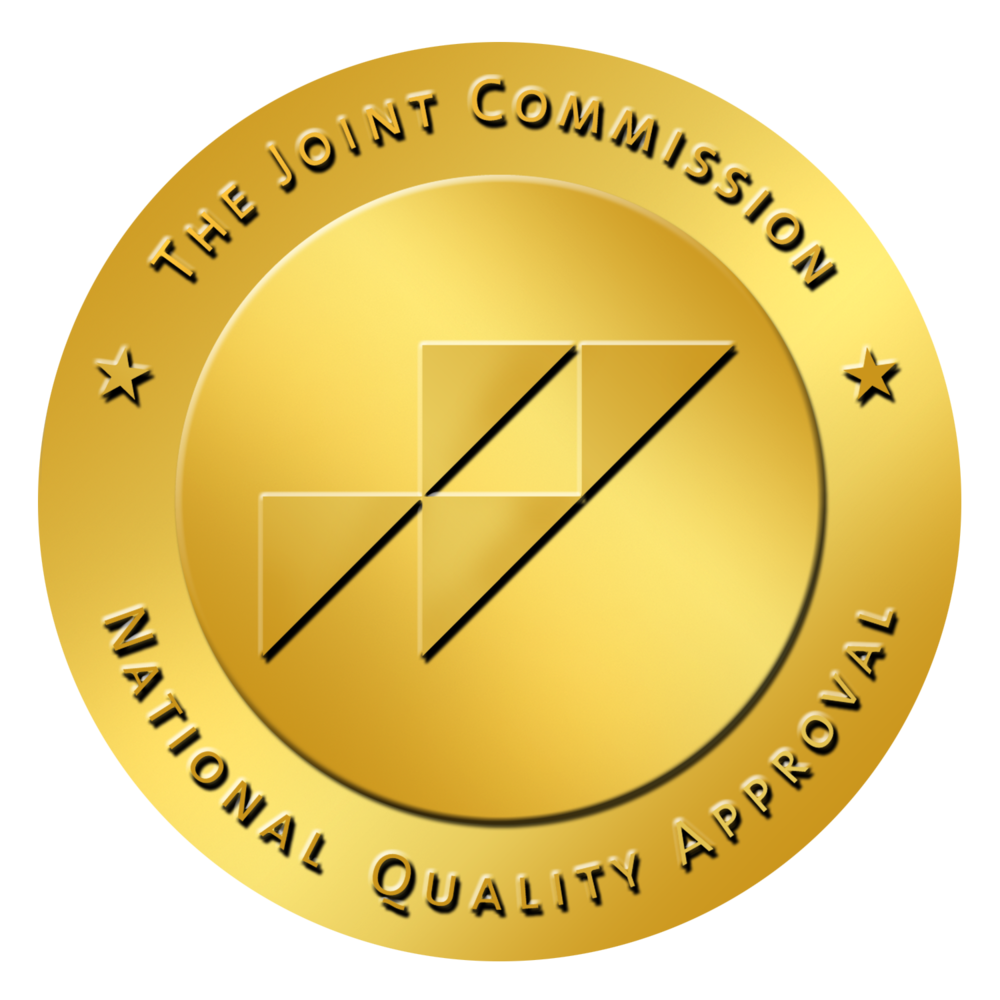Living with a neurological disorder like attention deficit hyperactivity disorder (ADHD) presents challenges that neurotypical brains don’t face. Misinformation and stigma around ADHD often prevent individuals from seeking the support they need. Yet, ADHD brains are structurally and functionally unique, and understanding them requires tailored approaches and specialized care.
If you or a loved one has ADHD, exploring available resources is one of the most important steps toward better management and well-being. ADHD treatment programs focus on teaching symptom management, coping strategies, and healthy alternative practices. In many cases, medication can also play a key role in improving daily functioning and making everyday tasks more manageable.
To truly understand ADHD, it’s essential to examine the condition’s unique challenges, diagnostic criteria, and the ways specialized care can support those living with it.
What Is Attention Deficit Hyperactivity Disorder (ADHD)?
Attention deficit hyperactivity disorder, or ADHD, is a neurodevelopmental disorder with symptoms of distractibility, inattention, impulsivity, and hyperactivity. Tracing the causes of these symptoms happens in the brain, where the structure and chemistry differs from a neurotypical brain. For one thing, it’s believed ADHD is tied to lower levels of the neurotransmitters dopamine and norepinephrine. Since these are responsible for the reward system, low levels lead to the need for high stimulation. Additionally, the whole structure of the brain regions can look different in those with ADHD.
Consistently, males receive more ADHD diagnoses than females, but this could also account for the way ADHD tends to present in different genders. For example, males typically exhibit more symptoms of hyperactivity and impulsivity, which receives more attention (like children “acting out”). On the other hand, females tend to exhibit more internalized symptoms like inattention, which can go unnoticed or misdiagnosed.
Without a proper understanding of ADHD’s diagnostic criteria and appropriate treatment options, you cannot improve your condition. Fortunately, ADHD programming exists at Aliya Mental Health. But many people need to first unpack common misconceptions about the disorder to understand how treatment will help them.
Misconceptions about ADHD
Multiple misconceptions about ADHD continue to circulate, even with greater information available now than before. For one thing, it’s false that children and adults with ADHD can control their symptoms. Expecting a person with a neurological condition to simply pay better attention or stop fidgeting doesn’t accept the brain factors contributing to their actions. However, individuals can learn to manage and reduce their symptoms with professional treatment.
Many people with ADHD get diagnosed as children because symptoms present themselves in a way that indicates neurodiversity. As such, due to less adult diagnoses, people can believe ADHD gets outgrown. Truthfully, ADHD does not go away on its own. Instead, symptoms tend to change as individuals age, with new issues presenting themselves in time. For instance, adults have different responsibilities than children and suddenly their symptoms make adult life more challenging. Therefore, adult ADHD needs to be managed through professional resources and treatment aid.
Another misunderstanding is the language of ADD vs ADHD. In the past, attention deficit hyperactivity disorder was labeled attention deficit disorder (ADD). This title doesn’t account for the well-rounded symptoms of ADHD, which include both inattention and hyperactivity. Thus, the name was changed by the American Psychiatric Association in 1980 for the DSM-3.
What Causes ADHD?
As with any neurodevelopmental disorder and mental health disorder, ADHD’s development is due to a combination of genetics and environment. This can surprise people who were told ADHD is primarily genetic. Surely, ADHD has a strong genetic link. A child has an approximate 57 percent chance of inheriting ADHD if their parent has it. And in many cases, parents realize their own tie to the condition once the signs present in their children. Notably, research and knowledge about ADHD is fairly new—within the last 50 years or so. Genes play a huge role in brain development. But additional genetic risk factors include nutrient deficiencies, metabolic diseases, immune disorders, and infections during pregnancy.
On the other hand, environmental risk factors also contribute to ADHD diagnoses. These include exposure to toxins as an infant, minimal socialization, and physical trauma like head wounds.
Overall, just as the individuals with ADHD are unique, so are the conditions contributing to their diagnoses.
Types of ADHD
There are three diagnosable types of ADHD in the DSM-5, which is healthcare professionals’ handbook for understanding and treating disorders. Each can be considered a different area on the ADHD spectrum according to the main symptoms. The categories are inattentive type ADHD, hyperactive and impulsive type ADHD, and combined type. Instead of trying to put people into boxes, receiving a specific diagnosis helps you best understand why you struggle the way you do.
Predominantly Inattentive Presentation
ADHD with a predominately inattentive presentation is also called inattentive ADHD because its symptoms are primarily internal. According to the DSM-5, if an individual meets five or more of the expected symptoms, they can be diagnosed with this type. These revolving around distractibility, trouble concentrating, forgetfulness, and poor organization. The majority of individuals diagnosed with ADHD have a predominantly inattentive presentation.
Predominantly Hyperactive-Impulsive Presentation
ADHD with a predominately hyperactive-impulsive presentation works the same, with an individual needing to meet at least five of the expected symptoms. These revolve around restlessness, impulsivity, excessive movement or talkativeness, and trouble unwinding.
Combined Presentation
While people may exhibit more of one category of symptom than the other, it is also possible to have both symptom types. In this case, the diagnosis of ADHD combined type is likely the best fit. Officially, to be diagnosed with combined presentation ADHD, you must have at least five symptoms from each category. Notably, combined type ADHD is the least common diagnosis.
Core Symptoms of ADHD
Symptoms of ADHD appear differently in people, whether they’re male or female and regardless of the type of ADHD they have. However, there are core symptoms of the disorder that cover the three main struggles. That is, individuals with ADHD struggle to regulate their impulsivity, attention and focus, and hyperactivity.
Some of the core symptoms of ADHD that fit into the inattentive presentation are:
- Poor attention to detail
- Distractibility
- Trouble concentrating
- Daydreaming or zoning out
- Trouble listening in conversations
- Forgetfulness
- Disorganization
- Misplacing things
Some of the symptoms of ADHD that fit the hyperactive presentation are:
- Fidgeting
- Trouble relaxing or enjoying quiet time
- Moving about and unable to sit still
- Talkativeness
- Needing constant stimulation
Some of the symptoms of ADHD that are impulsive in behavior are:
- Making impulsive decisions
- Not thinking things through
- Interrupting
- Outbursts
- Recklessness
- Impatience
How Is ADHD Diagnosed?
When it comes to diagnosing ADHD, the process can take time and multiple steps. However, it’s important for healthcare providers to be thorough in their assessment to avoid misdiagnosis. As mentioned, ADHD can be misdiagnosed for mood disorders and also for other neurodevelopmental disorders with overlapping symptoms. The process may involve multiple steps of testing, such as genetic tests, psychological tests, and behavioral tests. However, these are part of the overall evaluation process, which can also include clinical observation and meetings with specialists.
When it comes to diagnostic authority, ADHD and neurodevelopmental disorders must be diagnosed by licensed specialists. These include neurologists, geneticists, psychologists, and psychiatrists. Once you receive a diagnosis, new doors for care will open to you, including the option for prescription medication, learning assistance, and disability services.
DSM-5 Criteria for ADHD
As noted, the DSM-5 (short for Diagnostic and Statistical Manual of Disorders, 5th Edition) is the primary diagnosis tool for healthcare providers. It contains diagnostic information regarding neurodevelopmental disorders, mental health disorders, and substance use disorders. DSM-5 criteria for ADHD outlines symptoms of inattentive type, hyperactive/impulsive type, and combined type (which looks at both other categories).
Your neuroscience specialist will consult the DSM-5 to accurately assess, diagnose, and treat your condition of ADHD, regardless of the type you exhibit.
Treatment for ADHD
Attention deficit hyperactivity disorder is a chronic condition, but with the right support, you can overcome its hold on you. However, many people believe they can handle their symptoms on their own because they’ve done it so far. Yet, without help to manage their symptoms, individuals can become socially maladaptive, withdrawn, reckless, and neglect their responsibilities. We offer treatment options for ADHD that are entirely customized to each individual—their symptoms, timeline, responsibilities, needs, and goals. You can bring specific challenges to your treatment team, who will help you find healthier coping skills through medication and therapy.
Medication can improve the way you live by giving you more control over your symptoms. Not only does medication alleviate some of the challenges you face, it also best equips you to handle them. One effective class of medication for ADHD is psychostimulants, which enhance concentration, focus, and energy. But your psychiatrist will help you find the right prescription fit, as medications can vary in how they impact different people. In Medication-Assisted Treatment (MAT), we’ll help you with short- and long-term medication support.
Psychotherapy, also called talk therapy, is an evidence-based treatment option suitable for helping people with all kinds of challenges. Markedly, there are hundreds of different psychotherapy techniques, each with their own focus and methods. Therapy is another individualized element of treatment where you will work with your counseling team to find the best fit. Your treatment plan may include cognitive behavior therapy (CBT), which has proven benefits as an ADHD therapy.
Also, as part of our mental health services each of our guests participate in holistic therapy. Alternative medicine works in tandem with traditional, evidence-based therapy to provide lasting, whole body recovery results.
People with ADHD struggle with organization, consistency, and task management. However, these qualities bring great peace and order into chaos. In treatment, we will help you establish lifestyle changes to carry into your long-term future. For example, we’ll focus on helping you create a routine to increase consistency in your life. Additionally, you will learn tips for how to increase your organizational skills.
And as a holistic treatment center, we prioritize whole-being wellness, touching on mental, physical, and spiritual health. Implementing holistic tools like mindfulness, meditation, nutritional eating, and physical activity can have an all-around transformational impact.
Tips for Coping with Attention Deficit Hyperactivity Disorder
You have lived with your ADHD for your whole life, regardless of how long you’ve had a diagnosis. Thus, you are the expert on how your condition affects you. However, letting professionals on neurodevelopmental challenges into your situation can teach you best steps for managing your disorder. One of the most beneficial tips for managing your ADHD is setting routines and goals. As mentioned, we can help you hone-in on healthy patterns to better accomplish tasks, nurture your body, and focus your mind.
Finally, don’t be afraid to let others in on your situation, even if they don’t know much about ADHD. For instance, staying open and communicative with your friends and family allows them to better understand you. When they know your challenges are due to your ADHD, they will have more empathy. Without a doubt, community support is incredibly important and feeling like you have a team around you will increase your quality of life.
We can help you communicate and connect with others about your ADHD journey. We offer family resources and family therapy to foster stronger relationships.
Professional Help for ADHD
Having an ADHD diagnosis means you process and function in different ways from neurotypical people, but that shouldn’t slow you down. Although managing a neurodevelopmental disorder has its unique challenges, we will help you handle them at Aliya Mental Health. Throughout our transitioning levels of care, we offer diagnosis and treatment to best equip you for a fulfilling future.
You can get started in our attention deficit hyperactivity disorder treatment program by reaching out to our admissions team today!
ADHD Combined Type: A Common and Treatable Diagnosis – Attention Deficit Disorder Association
Adult ADHD: Psychotherapy | CAMH
Attention-Deficit/Hyperactivity Disorder (ADHD) – National Institute of Mental Health (NIMH)
DSM-5 Diagnnostic Criteria for ADHD – AAFP
Other ADHD Related Data – CHADD
The history of attention deficit hyperactivity disorder – PMC
What Are the Differences Between Female and Male ADHD? – Berkeley Psychiatrists
